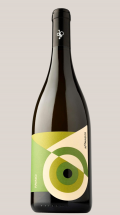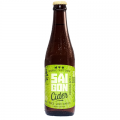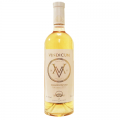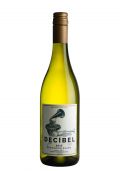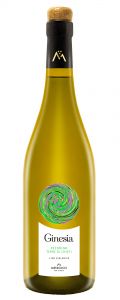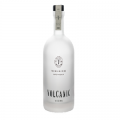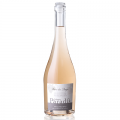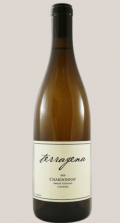Transylvanian Plateau
Transylvanian Plateau Wine Regions, its Climate, and Popular Grape Varietals
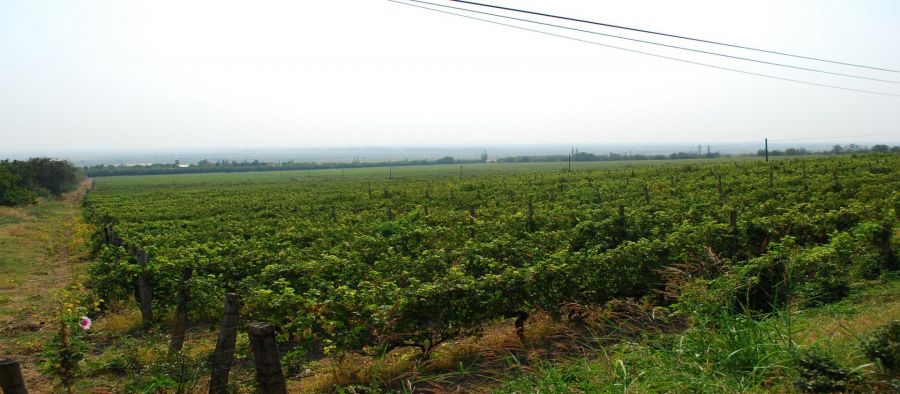
Located in central Romania, the Transylvanian Plateau is one of Romania’s most important wine-producing regions containing some of the country’s best vineyards. Two of the most famous vineyards are Tarnave and Alba-Iulia. Overall, the Transylvanian Plateau has 5 different vineyards and 17 wine-growing centers.
What makes the vineyards of Tarnave so unique is the fact that they are located in a hilly, terraced area located at an altitude of 400 to 600 meters. The wine-making tradition at Tarnave dates back to the year 1200 AD. Traditionally, Romania has always had a popular culture that has embraced wine and viticulture. In fact, according to Greek mythology, the god of wine, Dionysus, was born in Thracia, which is now part of modern-day Romania.
The most popular grape varietals in the Transylvanian Plateau include Feteasca Alba, Feteasca Regala, Muscat Ottonel, Sauvignon Blanc, and Pinot Gris. The most popular Romanian wines are mostly white, aromatic wines.
The Transylvanian Plateau is known for having a moderate, temperate continental climate. The region is relatively humid, which also supports the region’s grape growers. Long and sunny autumns in Romania lead to large quantities of sugars in the grapes; as a result, the wines are lighter and sweeter than might be expected.
From a historical perspective, Romania has always been one of the most important wine-producing regions of the world. In fact, it is still one of the Top 10 wine-producing regions of Europe, even after a long period of Communism and the Romanian revolution of 1989. Post-2000, there has been a re-emergence of Romanian wine-making.
Image Source: wikimedia.org


